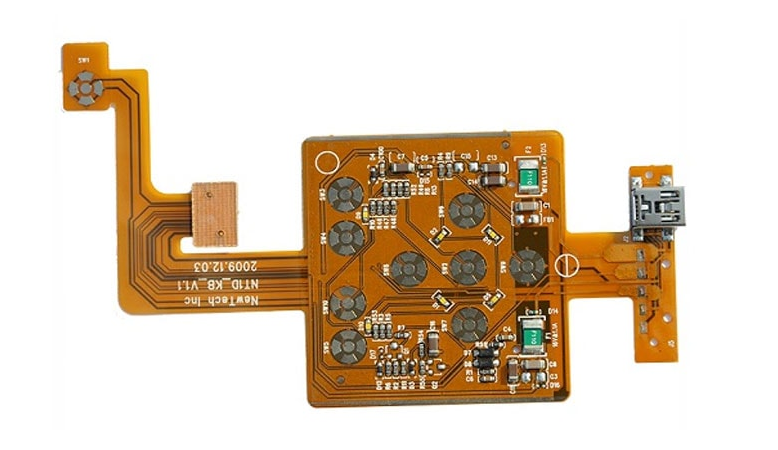1.0 Purpose
Standardize the purchase, storage, use, and recycling of solder paste in the SMT workshop to avoid the scrap of solder paste caused by the above improper actions, and the quality problems or hidden dangers of the products produced.
2.0 scope of application
Suitable for storage and use of solder paste in SMT workshop.
3.0 Responsibilities
3.1 Production Department: Responsible for the storage, use, recycling, scrapping of solder paste, and the filling of related reports;
3.2 Materials Department: Check the storage volume of solder paste, purchase solder paste 2 weeks in advance;
3.3 Quality Department: to check and accept the newly purchased solder paste, and supervise and inspect the status of the solder paste, storage, use, recycling, scrapping and other actions.
3.4 Process Department: Formulate relevant conditions and methods for storage, use, and recycling of solder paste.
3.5 Purchasing Department: Purchase the correct type of solder paste in time according to actual production needs.
4.0 work steps and content
4.1 Purchase of solder paste
4.1.1 According to the production plan, the Production Management Department predicts in advance the products and quantities to be produced by reflow soldering in the next two weeks.

4.1.2 According to the production plan, the team leader of the production department checks whether the existing solder paste and model meet the production needs of the next month; if not enough, an application should be submitted to the materials department 1 to 2 weeks in advance, and the solder paste model purchased must be indicated And quantity.
4.1.3 The purchasing department needs to purchase the solder paste needed for production back in time.
4.2 Acceptance of solder paste
4.2.1 The quality department inspects whether the supplier is a qualified supplier of the company. The solder paste should be delivered in ice packs. The production date and inspection date of the solder paste should not exceed 20 days, otherwise the product will be rejected as unqualified.
4.2.2 The quality department needs to make an inspection judgment within 0.5 hours after receiving the solder paste, and if it is judged to be qualified, the PASS seal should be stamped on the product label.
4.2.3 The SMT workshop team leader accepts the solder paste according to the purchase list, and the acceptance content: model, production date, receipt date, and quantity.
4.2.4 The production department writes the library time and end of use time on the solder paste bottle caps that are qualified by IPQC acceptance. The end of use time is equal to the production date + six months (for example: the production date of the solder paste on January 1, 2015, The deadline for use is: June 1, 2015).
4.3 Storage of solder paste
4.3.1 The solder paste must be stored in the designated refrigerator. The temperature in the refrigerator is strictly controlled between 0~10 degree Celsius. The production department needs to observe the temperature of the refrigerator at 9:00 and 14:00 every day, and record it in the "Solder Paste" Save the temperature record sheet.
4.3.2 If the measurement temperature is lower than 0°C or greater than 10°C, immediately take out the solder paste in the refrigerator, put it in a PE bag, put it in an ice bag, and seal it, and then debug and overhaul by the relevant equipment technicians, pending measurement The solder paste can be stored only when the temperature is between 0~10 degree Celsius.
4.3.3 The storage time of solder paste should not exceed the effective use period of the solder paste. The use period of the solder paste is generally on the trademark on the solder paste bottle.
4.4 Receipt of solder paste
4.4.1 According to the solder paste receiving and thawing specified on the required production model, make a record on the "Solder Paste Receiving and Defrosting Record Sheet". The solder paste bottle cap shall not be opened before the solder paste has returned to temperature. The application of ointment must follow the principle of first in, first out.
4.4.2 The solder paste can be thawed at room temperature for 4-6 hours, or the blender can be stirred and returned to temperature for 30-40 minutes before opening the bottle for use; manual stirring for 3 minutes before use (need to stir in the same direction).
4.4.3 Pour a proper amount of solder paste at one time during production (depending on the specific production model). The solder paste that has not been poured in the bottle should be covered immediately. It must be used within 12 hours, otherwise it will be returned within 8 hours after opening the bottle. Refrigerator and refrigerate. The next time it is warmed up, it is preferred to use it. The same bottle of solder paste can only be warmed up to 3 times. If it exceeds 3 times, it needs to be scrapped.
4.4.4 The printed PCB must be passed through the reflow oven within 2 hours, otherwise the components are recycled, the solder paste is wiped off, the PCB is cleaned and the solder paste patch is reprinted.
4.4.5 It is strictly forbidden to mix solder pastes of different smt manufacturers and models.
4.5 Scrap of solder paste
4.5.1 Exposure to the air for 4 hours shall be discarded;
4.5.2 After thawing and opening, the solder paste that has not been used up within 12 hours shall be discarded.
4.5.3 If the expiry date is exceeded, the expiration date is generally 6 months; if the solder paste needs to be put into use beyond the expiration date, it must be confirmed by the process department, quality department, production department supervisor or above before it can be used, but the process department, The quality department must follow up the whole process, confirm the use effect, and have relevant records (such as internal contact sheets, engineering change notices, etc.) for tracking.